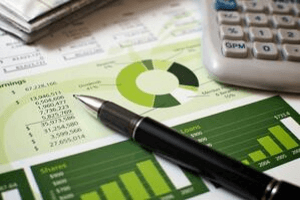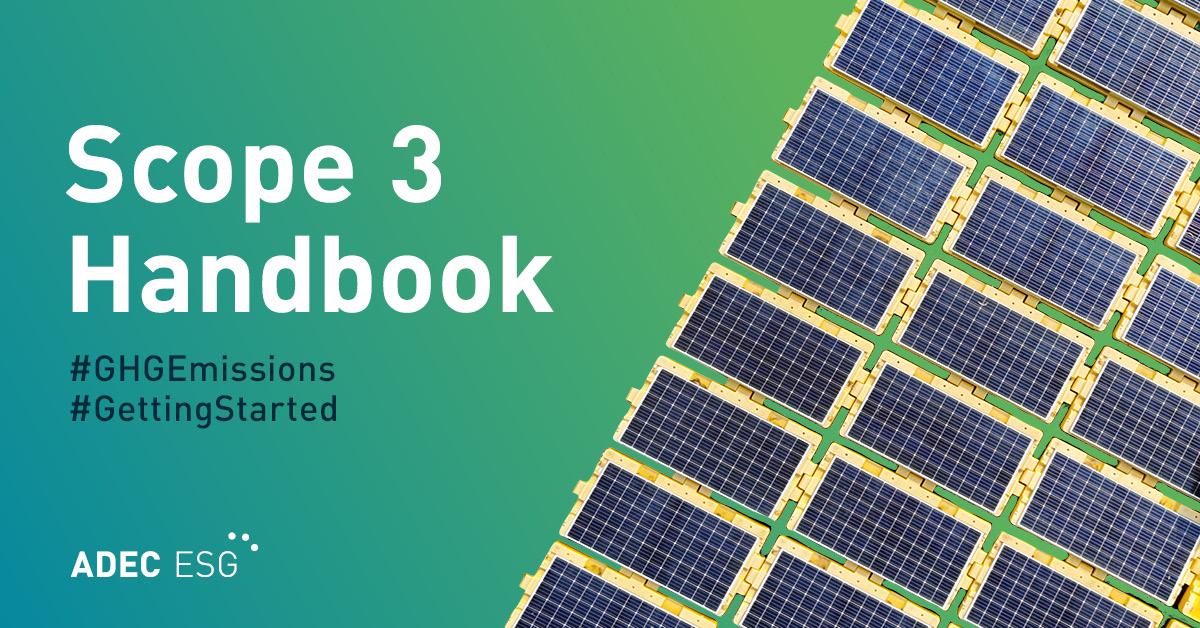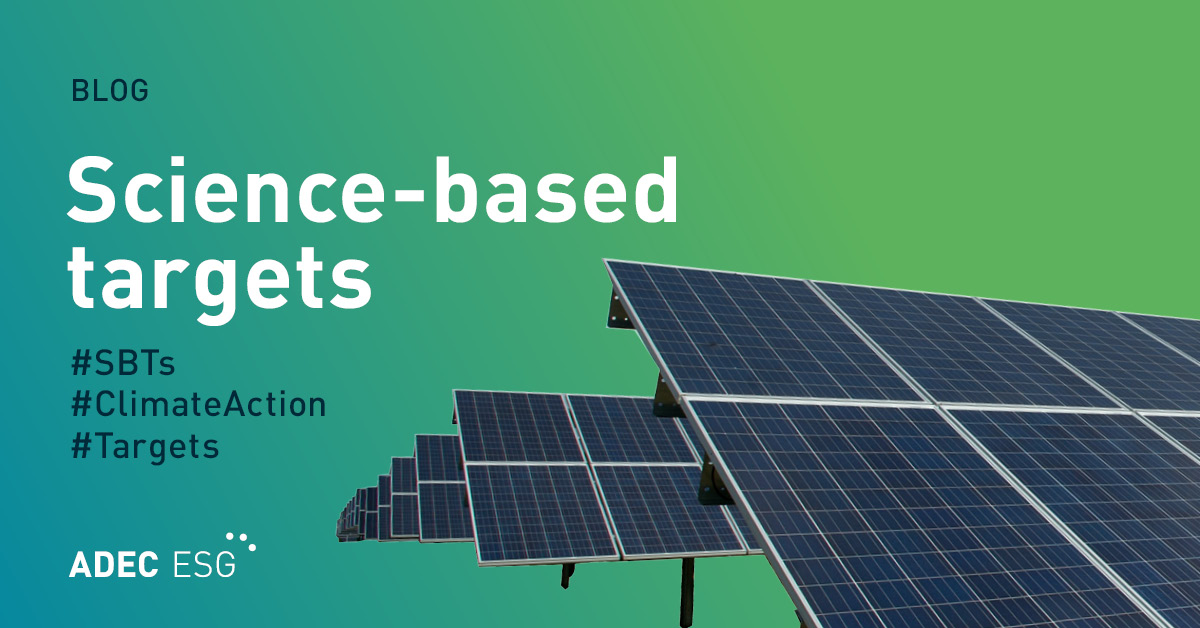The world is heating up, and according to a UN climate change report, it is “likely” that human activity accounts for at least half of the global warming that has been observed since the 1950s. Industrial development catalyzes economic and social changes around the globe, creating environmental consequences. With smokestacks, large machinery, and extensive sourcing of supplies and transportation of products, global greenhouse gas (GHG) levels rise, trapping more heat in our atmosphere, causing global warming and climate change. Mankind is being exposed to the risks brought on by the effects of climate change, such as rising sea levels and global temperatures.
In order for companies to be part of the solution to climate change, one of the things they realize they must do is to reduce GHG emissions across their entire enterprise. However, in order to do so, they must first be able to have an all-inclusive inventory of their emissions. A comprehensive GHG inventory will aid them in establishing their baseline year and baseline emissions levels, from which they will compare their annual GHG levels in order to gauge and monitor their emissions reductions.
To help companies rise to the challenge of reducing their emissions, the U.S. Environmental Protection Agency (EPA) was one of the pioneers in identifying the six key greenhouse gases along with classifying them according to their sources. This gave rise to the terms Scope 1, Scope 2, and Scope 3 emissions.
Today, companies around the world are measuring and monitoring their carbon dioxide, methane, nitrous oxide, hydrofluorocarbons, perfluorocarbons, and sulfur hexafluoride. In some regions of the world, calculating and disclosing Scopes 1 and 2 emissions are mandated by the government, or closely monitored by regulatory agencies. Scope 1 emissions are GHGs from a company’s facilities and vehicles. Scope 2 emissions on the other hand, are from a company’s purchased electricity, steam, heating and cooling. While focusing on Scope 1 and Scope 2 emissions has led to successful reductions of millions of tons of GHGs over the past few years, companies have barely scratched the surface, because a substantial percentage of their emissions are from Scope 3 sources. Scope 3 emissions alone are composed of GHG emissions from 15 different sources across a company’s entire value chain. This means that Scope 3 emissions can be found and measured from upstream activities (sourcing of raw materials) to downstream activities (transforming raw materials into actual products up to their delivery and sale to consumers).
What Can Companies do to Measure Scope 3 Emissions?
Companies must first utilize GHG accounting tools. The World Resources Institute (WRI) created the Greenhouse Gas Protocol and its supplement tools, providing companies and other organizations with guides for identifying emissions and their sources, gathering data, setting their GHG reduction targets, and, disclosing or reporting their emissions data. The Corporate (Scope 3) Value Chain Accounting and Reporting Standard is WRI’s accounting tool specifically for helping organizations monitor their Scope 3 emissions. In choosing accounting tools, companies must remember that there is no “one-size fits all” solution, and they can combine tools and other solutions such as third-party consultants for more effective GHG monitoring and reduction programs and GHG inventory development.
 The Benefits of Calculating Scope 3 Emissions
The Benefits of Calculating Scope 3 Emissions
Companies that have been measuring and disclosing their GHG emissions levels can attest to the benefits, such as reduced operating costs and improved process efficiencies. Through measuring their supply chain emissions, companies are able to protect their businesses from the risks brought on by volatile energy prices, as well as regulatory and legislative risks that come with the emerging carbon restrictions from governments and regulatory agencies.
When it comes to accounting GHG emissions, companies recognize that monitoring Scope 1 and 2 is already challenging. In terms of Scope 3 emissions calculations, what companies must keep in mind is that even big names such as Google and Ericsson are starting to report their Scope 3 GHGs from a handful of sources. Companies who still do not have a GHG inventory can start by measuring their emissions from a few sources and build up from there over time. The key to all of the benefits of creating GHG inventories and setting reductions targets is to start measuring, and to start immediately.
ADEC ESG has spent years supporting global organizations as they work to set and meet their ambitious sustainability goals. Click here to learn more about how we can help you better understand your climate risks, develop a scope 3 inventory, and manage your GHG emissions.




